Amid concerns about lithium-ion battery fires, similar to the blaze that broke out at Genex Power’s Bouldercombe battery project in central Queensland last month, Finnish technology group Wärtsilä said safety needs to be the top priority for manufacturers as the global rollout of utility scale battery energy storage gathers pace.
Andrew Tang, vice-president of energy storage at Wärtsilä, said the risk of lithium-ion batteries catching fire cannot be entirely eliminated but there are measures that can, and are, being taken which reduce that risk.
While fires in large-scale batteries are rare, Tang said it is incumbent upon the energy storage industry to invest in fire safety testing and adhere to the industry’s most stringent safety standards,
“Fire safety should be the first priority for everyone involved in the energy storage industry right now,” he said. “Manufacturers must ensure that technological innovations are not being introduced at the expense of safety.”
The fire that erupted at the 50 MW/100 MWh Bouldercombe battery project near Rockhampton in Queensland last month underscores the risks inherent in large-scale storage.
The blaze broke out in one of the 40 Tesla Megapack battery modules at the Bouldecombe site. Genex said the damage had been contained to a single unit with the project back online just 48 hours after shutting down.
The battery had been operating at or near full capacity in the days leading up to the fire as Genex worked through the final phases of its commissioning process. Genex said it is now working with Tesla to investigate the root cause of the fire.
The Bouldercombe incident is the second major fire at a large-scale battery project in Australia. In 2021, Neoen’s 300 MW/450 MWh Victorian Big Battery in Geelong caught fire only days after it began operations, with two Tesla Megapacks damaged. It was later found the fire, which burned for three days, was “most likely” caused by a cooling system leak that short-circuited a Megapack.
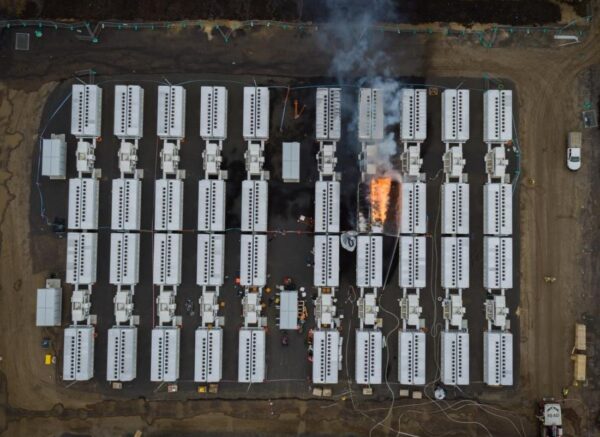
Image: CFA
Wärtsilä Product Manager Chris Groves said the investigation conducted by Energy Safe Victoria in the wake of that fire had provided “some valuable lessons” for the industry.
“Fire in the energy storage industry is a complex challenge,” he said, noting that there’s no one reason why fires occur.
“One issue the industry has encountered is foreign materials, like condensation or dust, entering the outer shell of the battery system or even the battery modules themselves if they are not sealed properly. This can trigger fires through short circuits or surges,” he said.
“Another major risk associated with lithium-ion batteries is thermal runaway, which is an uncontrollable chain reaction within the battery that can start from a short circuit, manufacturing defect, external heat, overcharging or physical damage.”
Groves said to avoid fires, manufacturers must focus on their hardware, invest in software and improve testing practices.
The industry’s model fire codes (IFC and NFPA 855) require that testing is done as per the test method UL 9540A, but Groves said manufacturers need to be completing large-scale testing that is designed to simulate how the system would react in the worst-case fire scenario.
“From a hardware perspective, manufacturers should design and implement high IP-rated enclosures and modules to create a strong barrier that seals crucial components away from the elements,” he said.
“This has to be paired with proven cooling systems to control the internal temperature of the battery system and surge protection systems that can withstand irregularities and prevent damage to the battery cells.”
Groves said hardware is just one part of an integrated strategy to mitigate fire risk with “advanced software that can monitor for potential risks, alert staff to issues and implement automatic responses is equally important.”
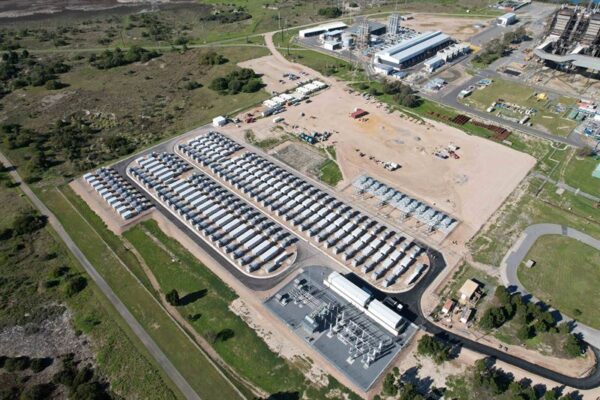
Image: Wärtsilä
Wärtsilä has been selected to provide the batteries for some of Australia’s largest energy storage projects, and is currently in negotiations to supply the recently approved Melbourne Renewable Energy Hub project being developed on the outskirts of the Victorian capital by Singapore-headquartered Equis. It is expected the 1.2 GW/2.4 GWh battery energy storage system will utilise lithium iron phosphate technology.
Wärtsilä also provided the batteries for AGL’s 260 MW/260 MWh Torrens Island battery storage project in South Australia has been chosen by Origin Energy to deliver the first 460 MW/920 MWh stage of the Eraring battery being developed in New South Wales.
Tang said the company has a 100% safety track record for its GridSolv Quantum energy storage systems.
“That’s the priority at Wärtsilä,” he said. “We don’t sacrifice safety as a top priority.”
This content is protected by copyright and may not be reused. If you want to cooperate with us and would like to reuse some of our content, please contact: editors@pv-magazine.com.
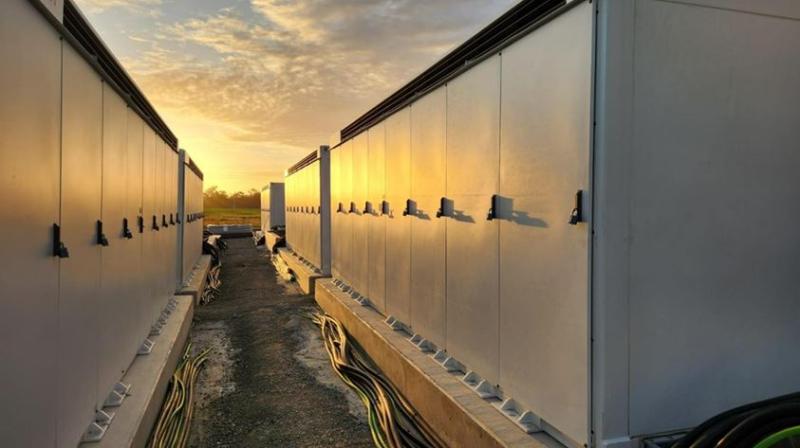



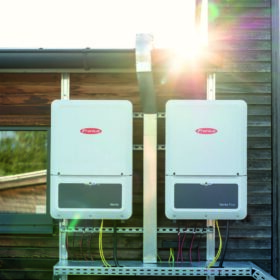

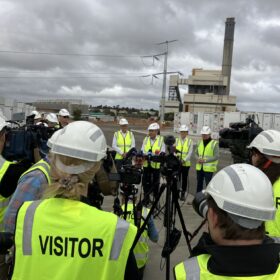
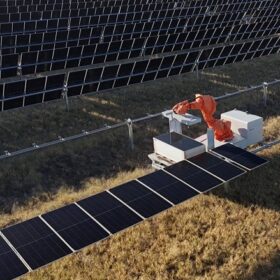
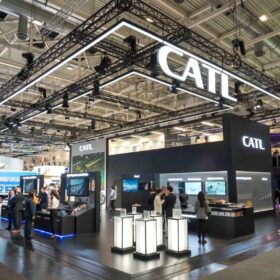
2 comments
By submitting this form you agree to pv magazine using your data for the purposes of publishing your comment.
Your personal data will only be disclosed or otherwise transmitted to third parties for the purposes of spam filtering or if this is necessary for technical maintenance of the website. Any other transfer to third parties will not take place unless this is justified on the basis of applicable data protection regulations or if pv magazine is legally obliged to do so.
You may revoke this consent at any time with effect for the future, in which case your personal data will be deleted immediately. Otherwise, your data will be deleted if pv magazine has processed your request or the purpose of data storage is fulfilled.
Further information on data privacy can be found in our Data Protection Policy.